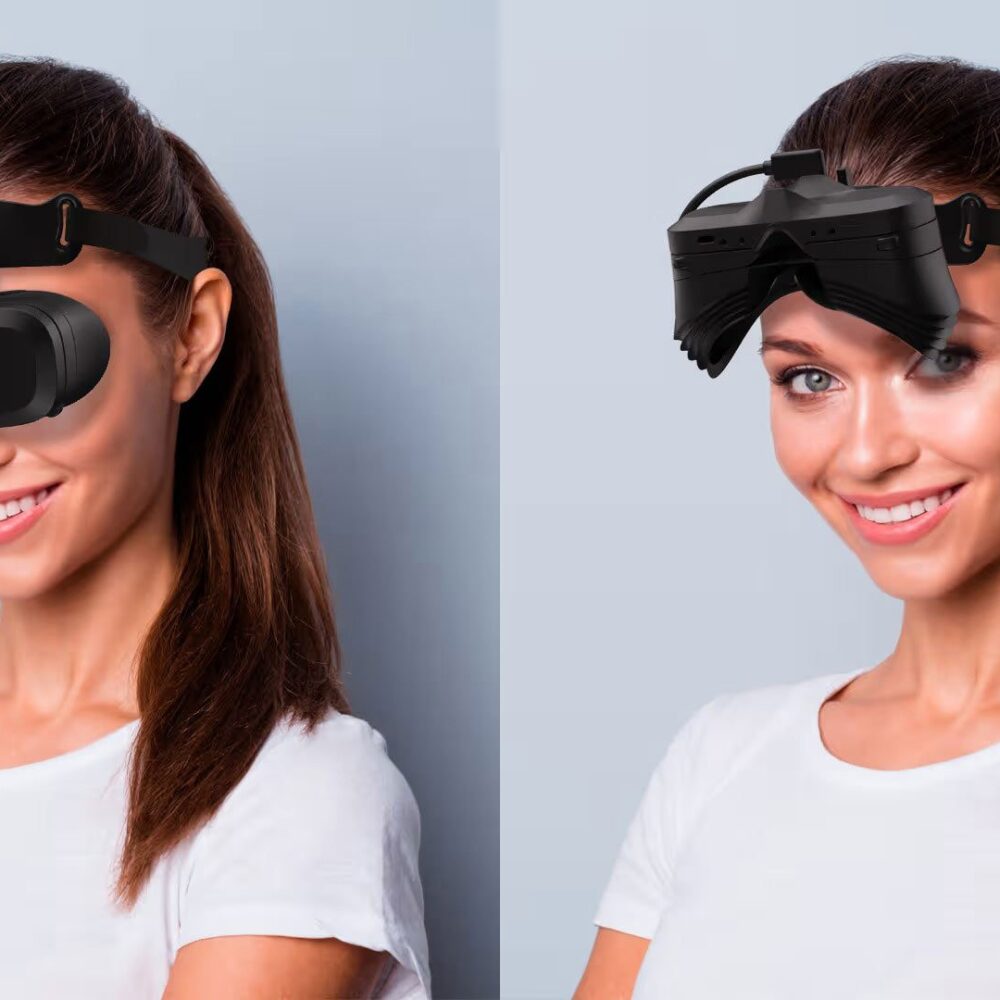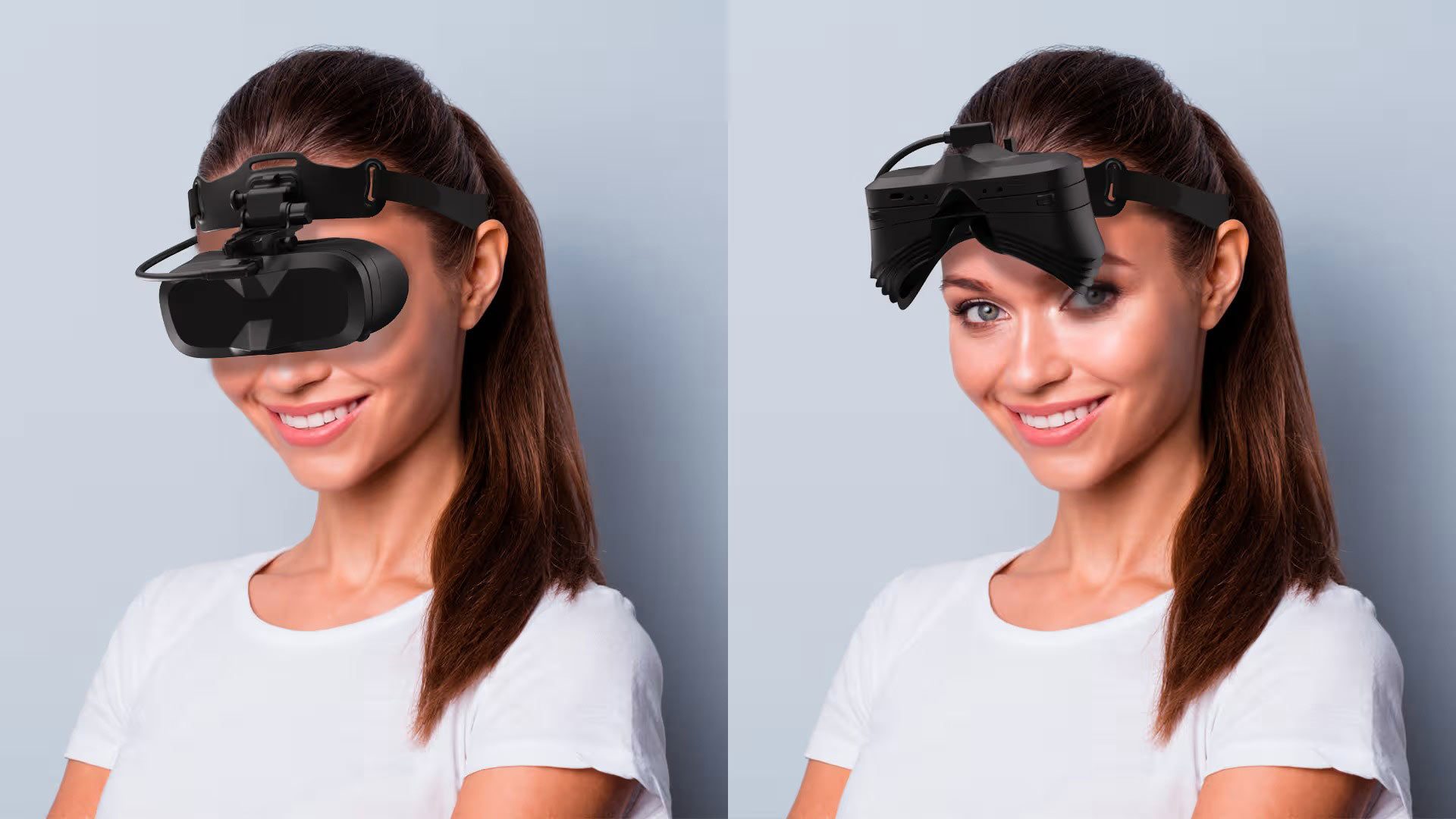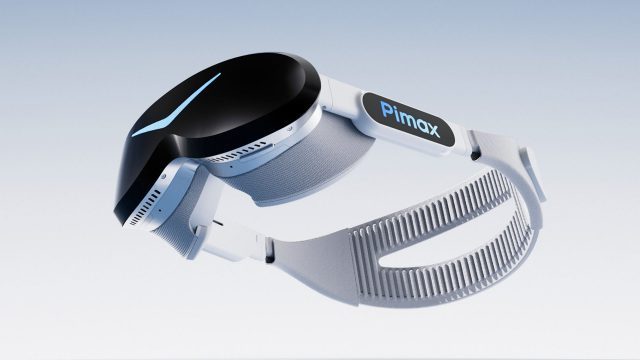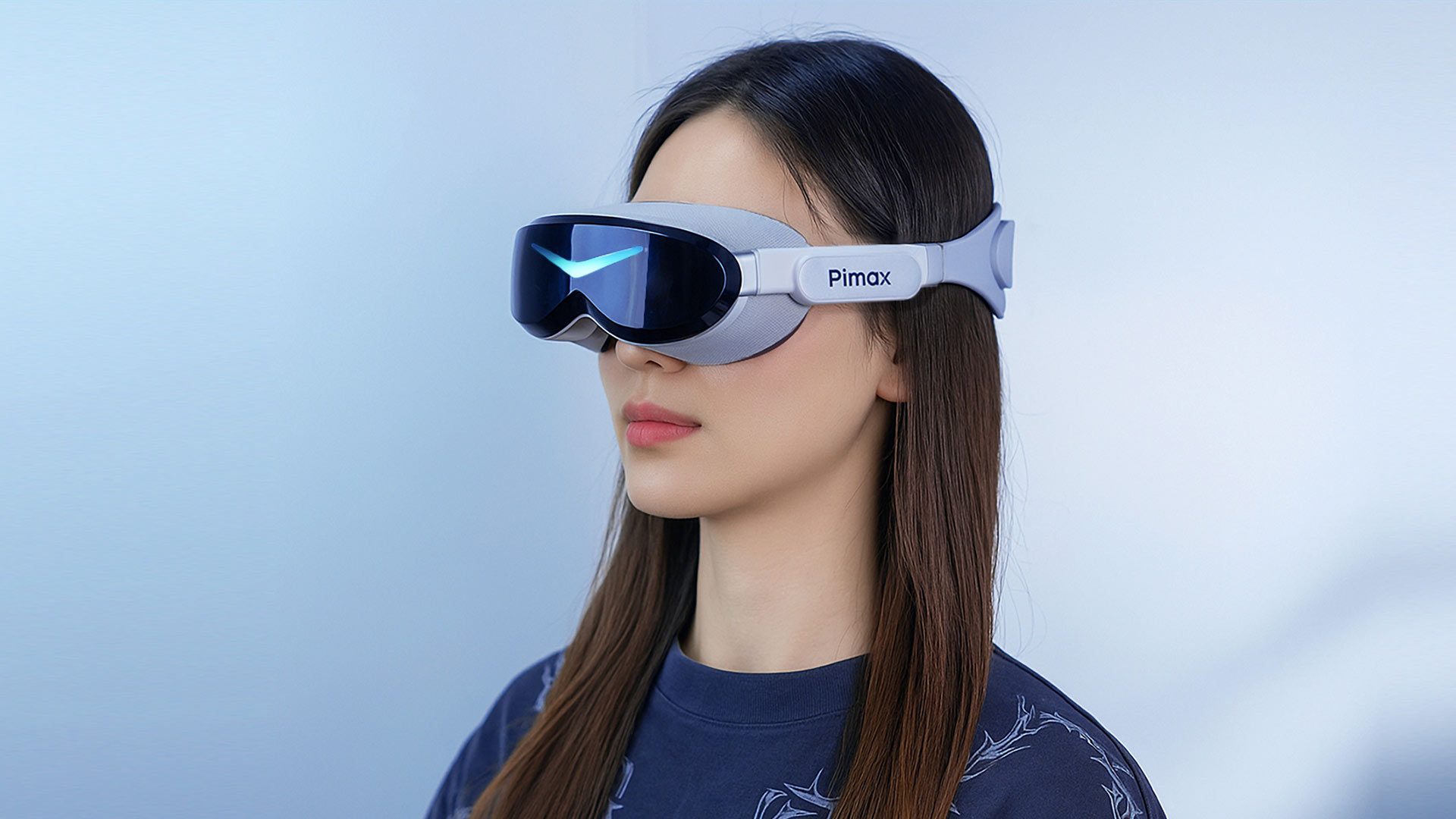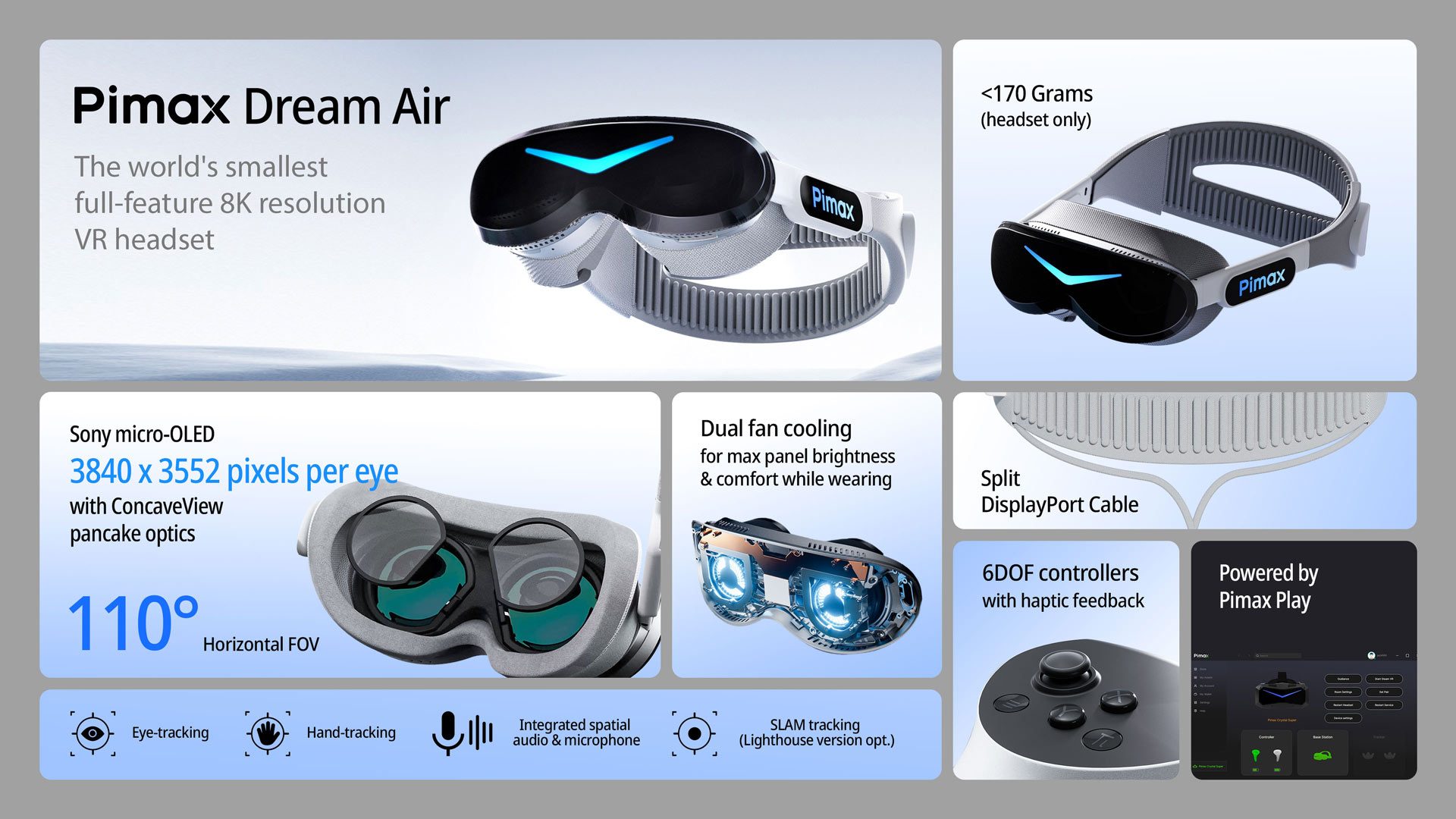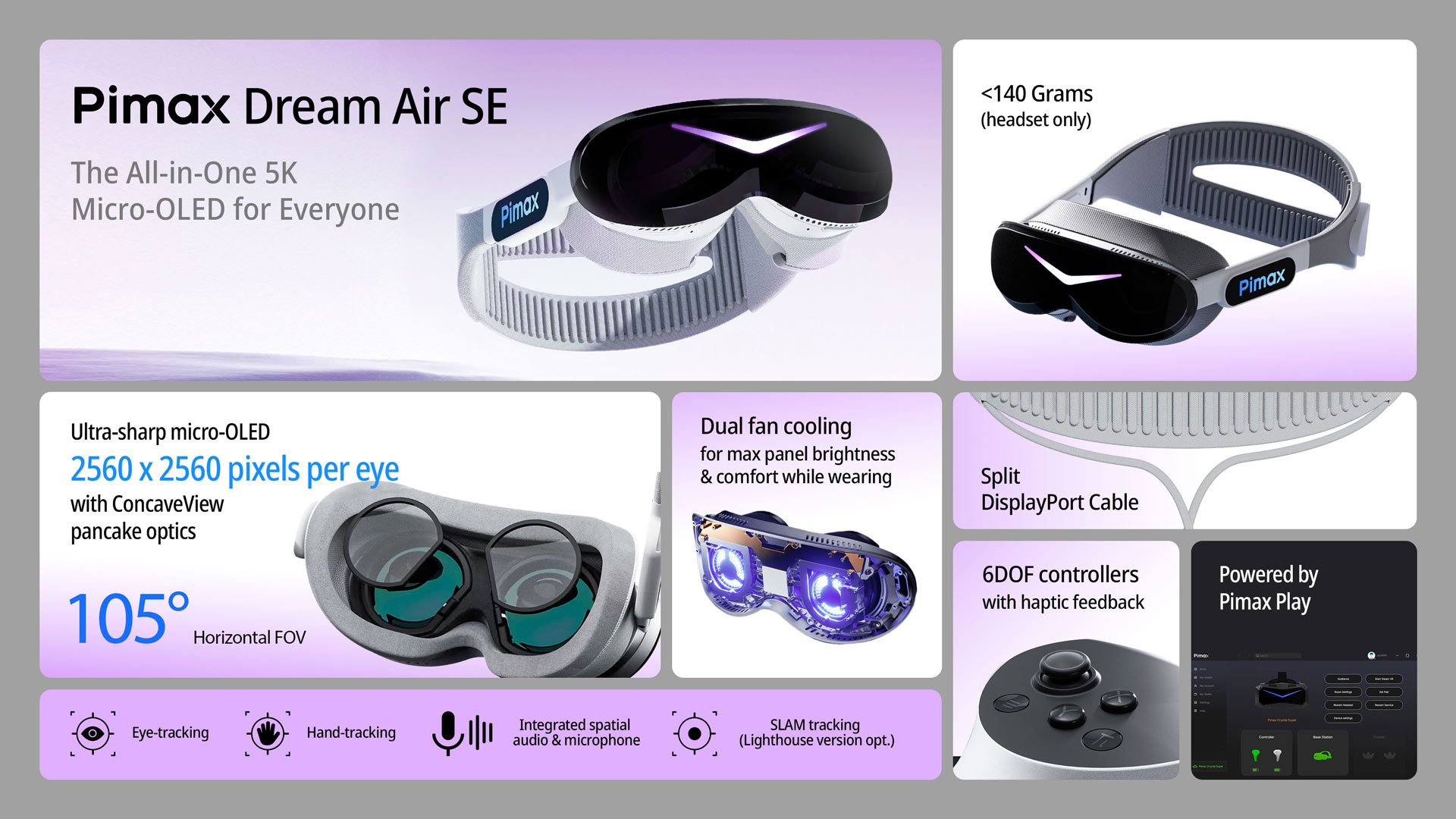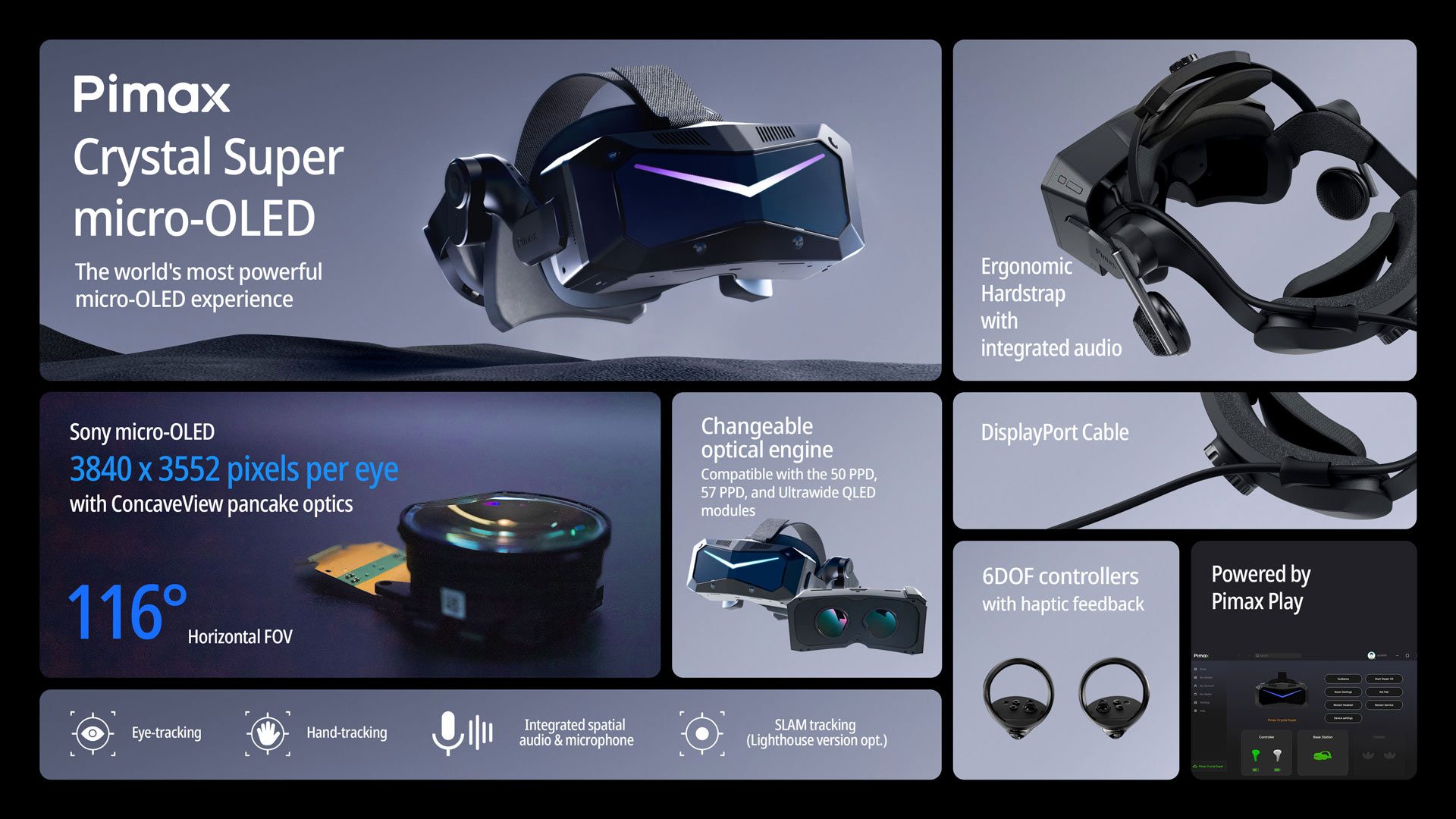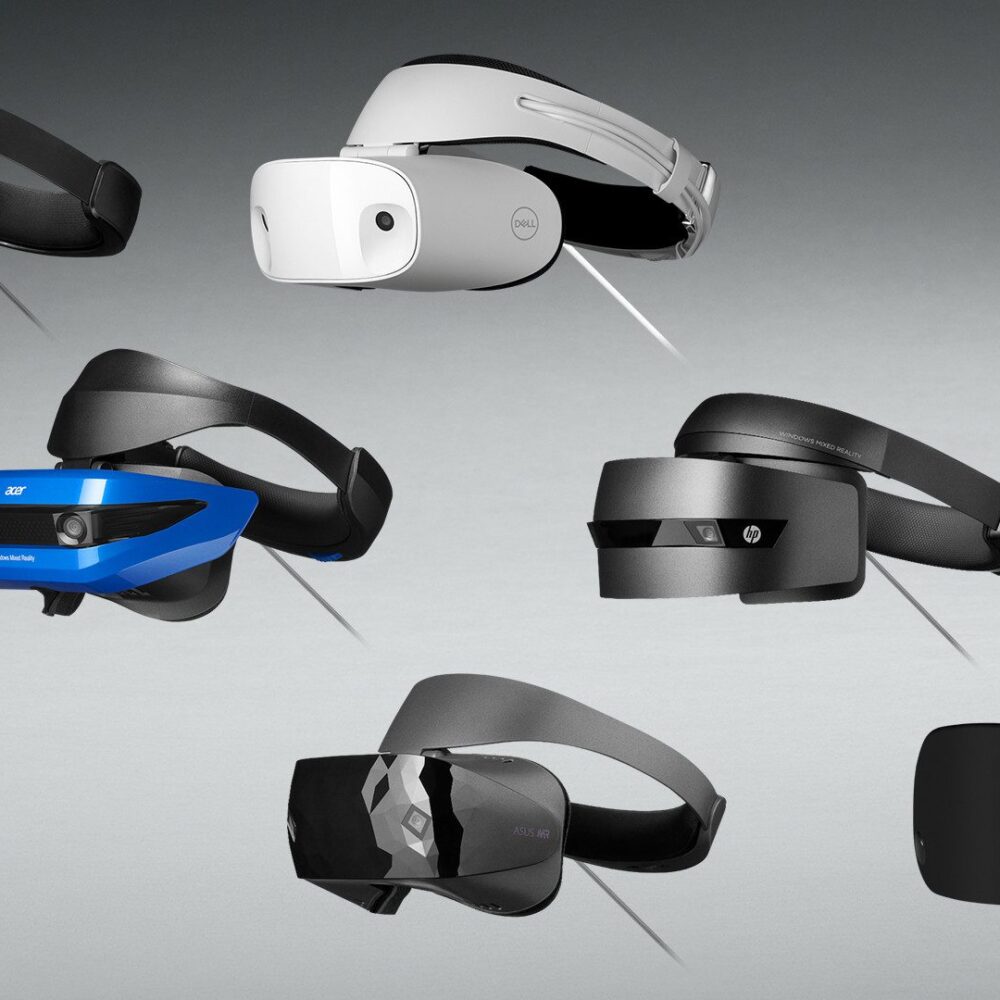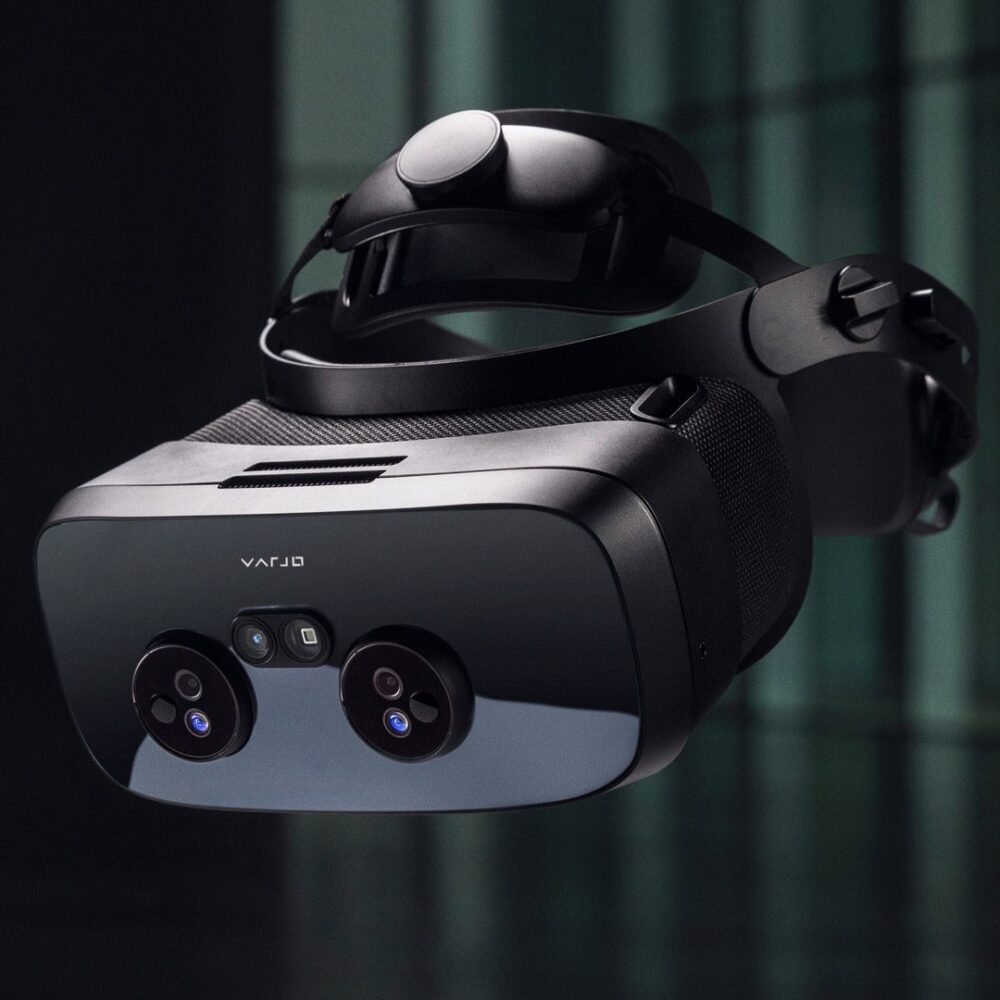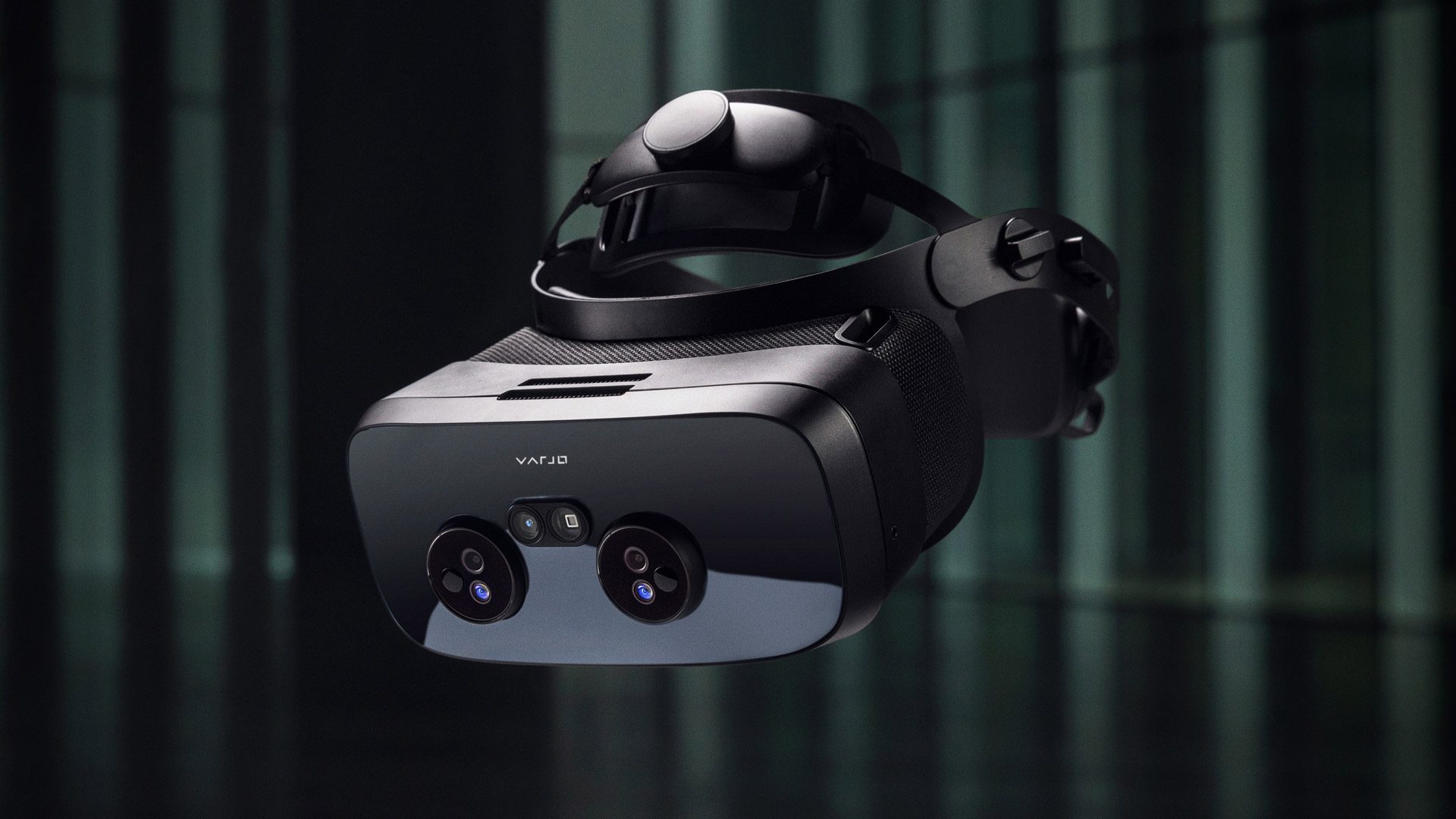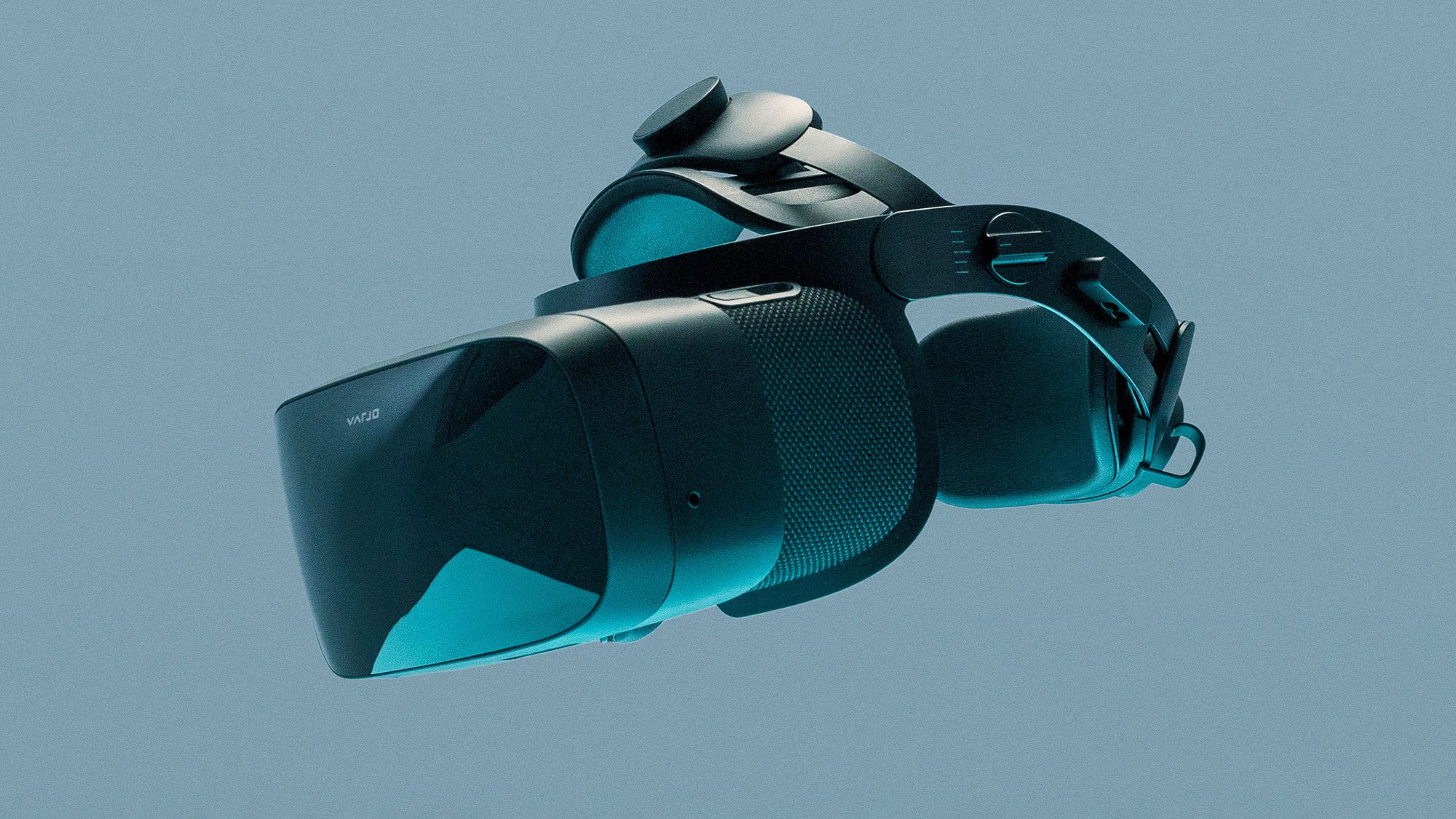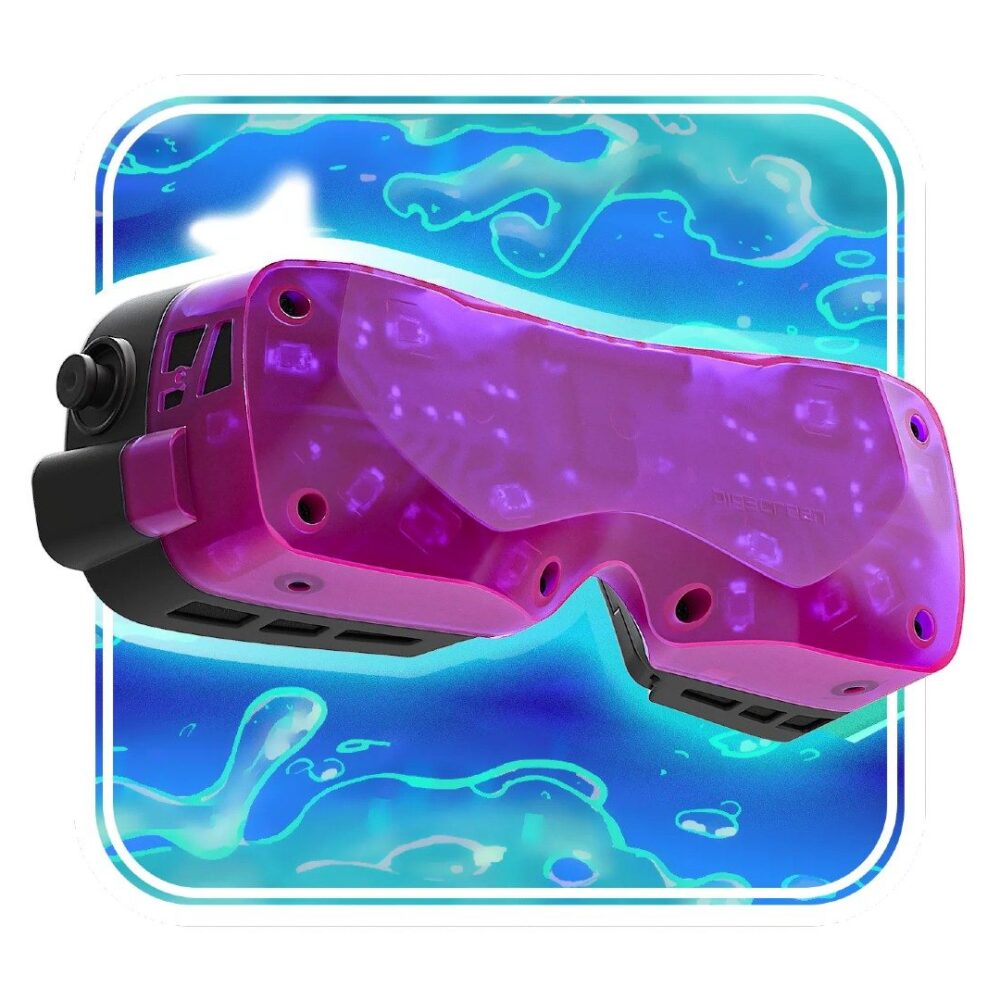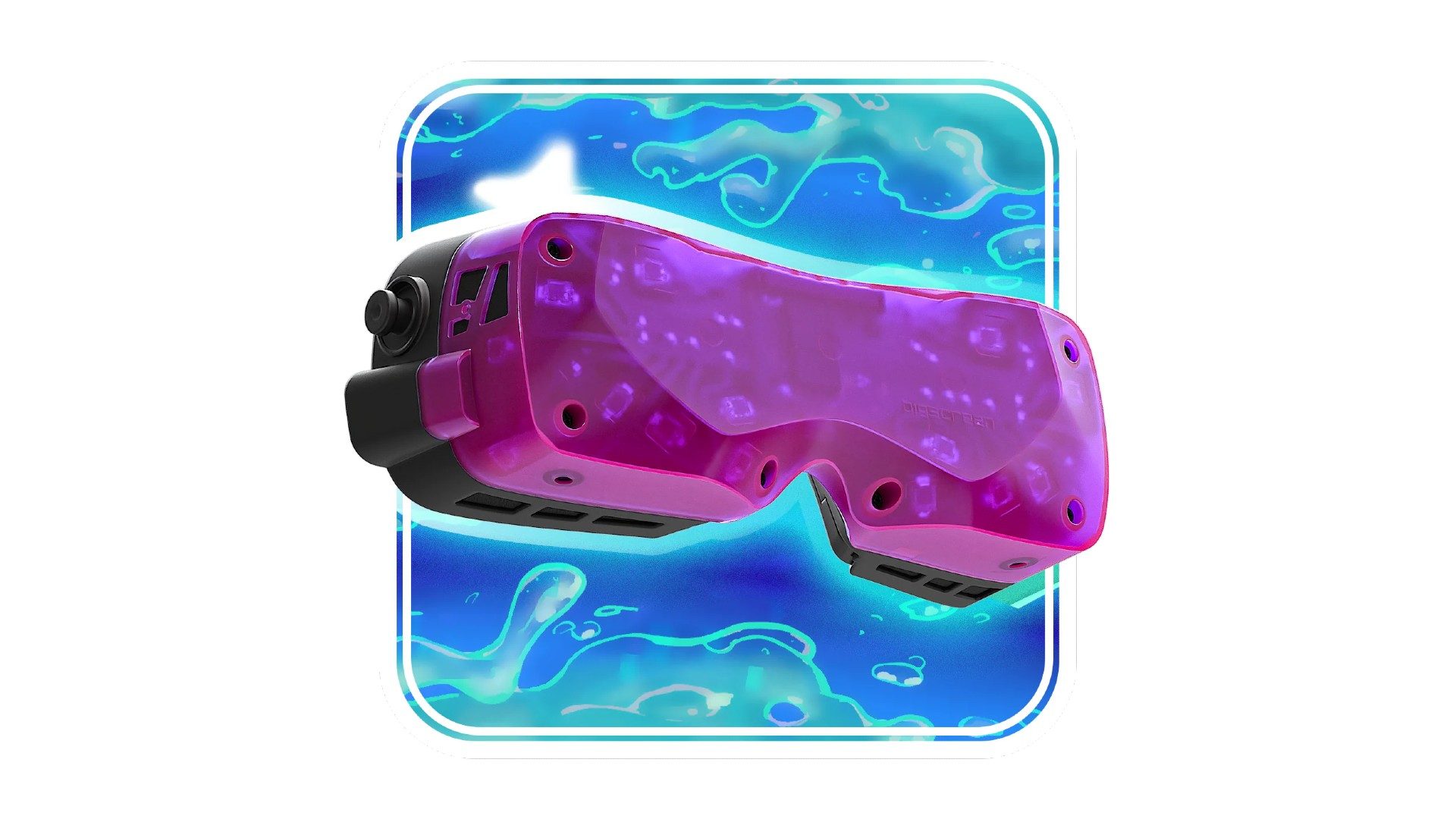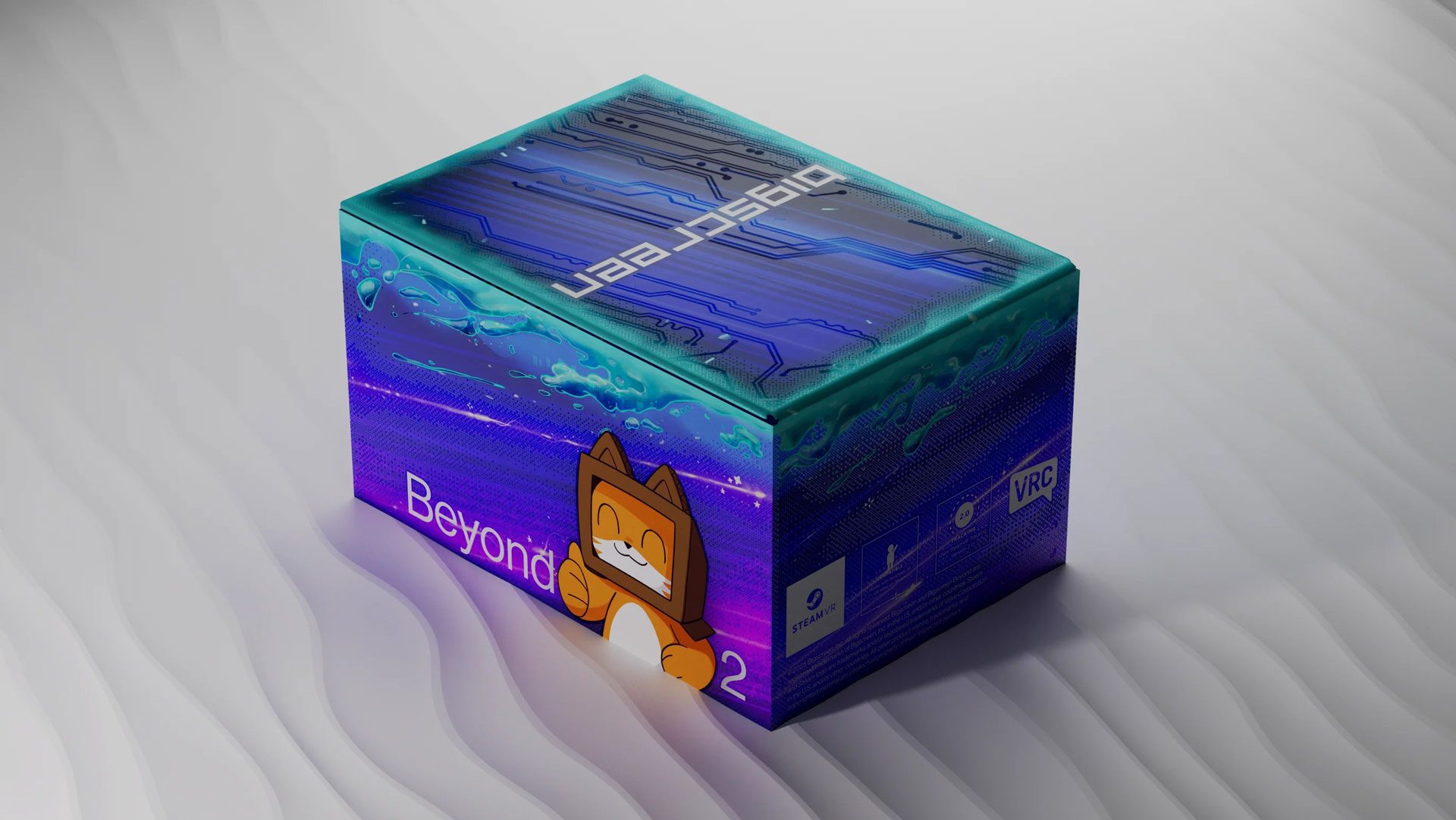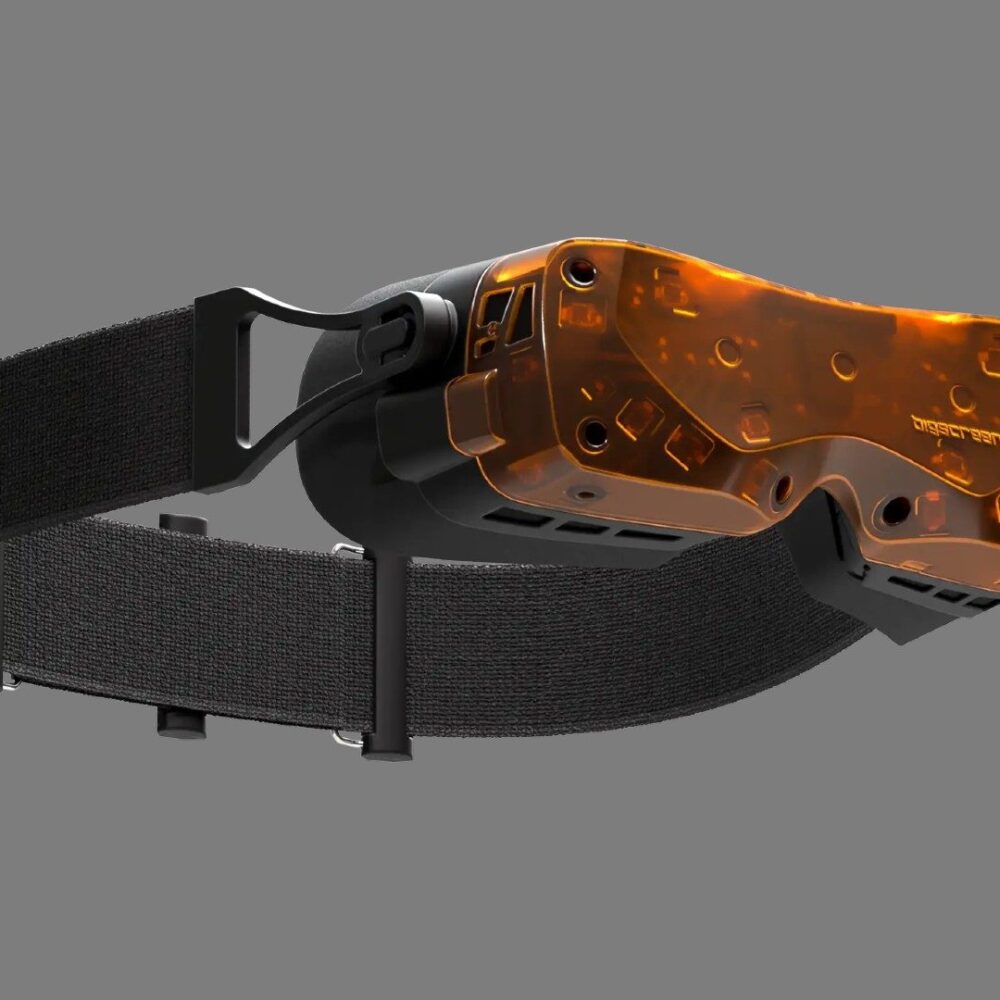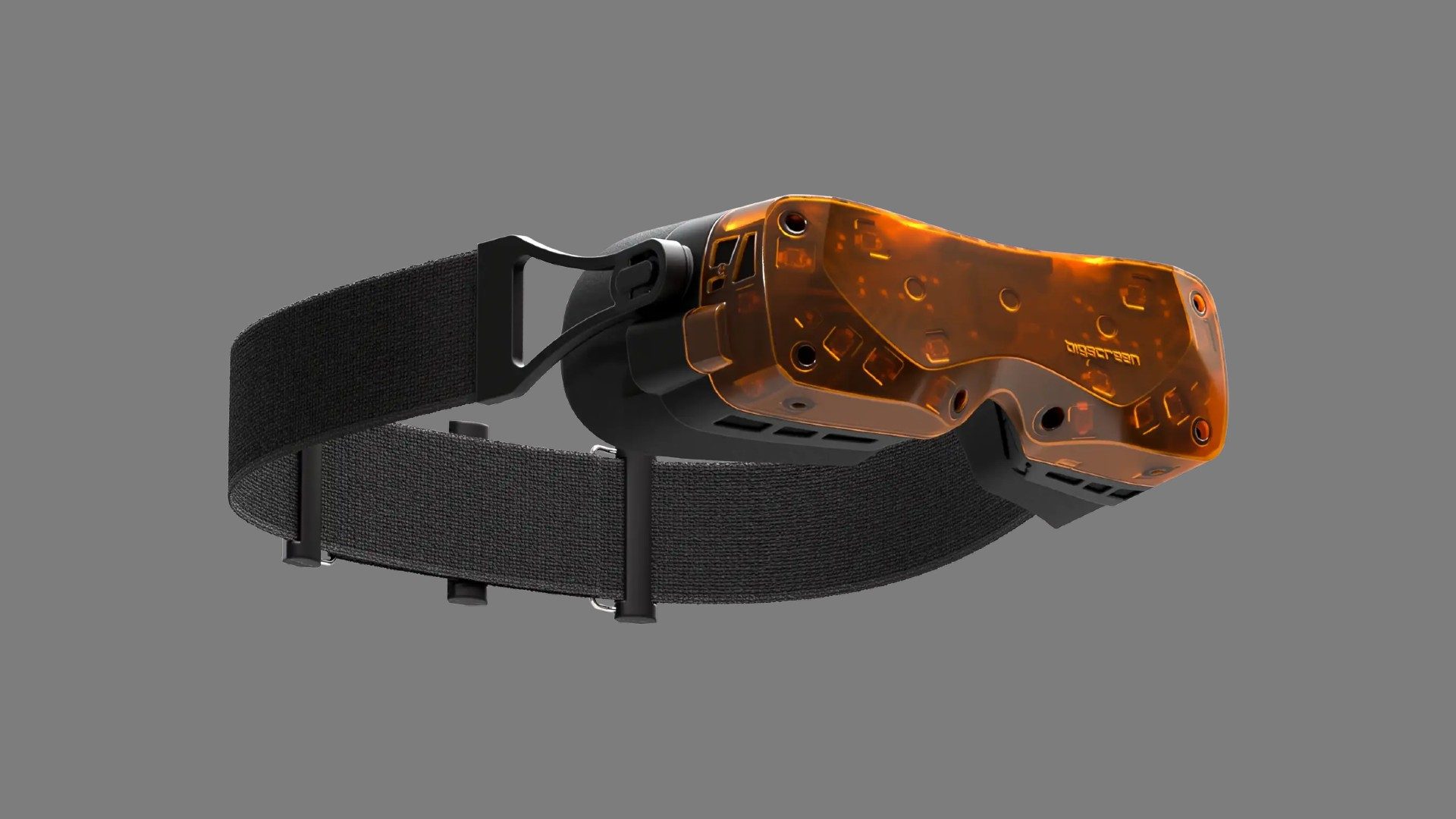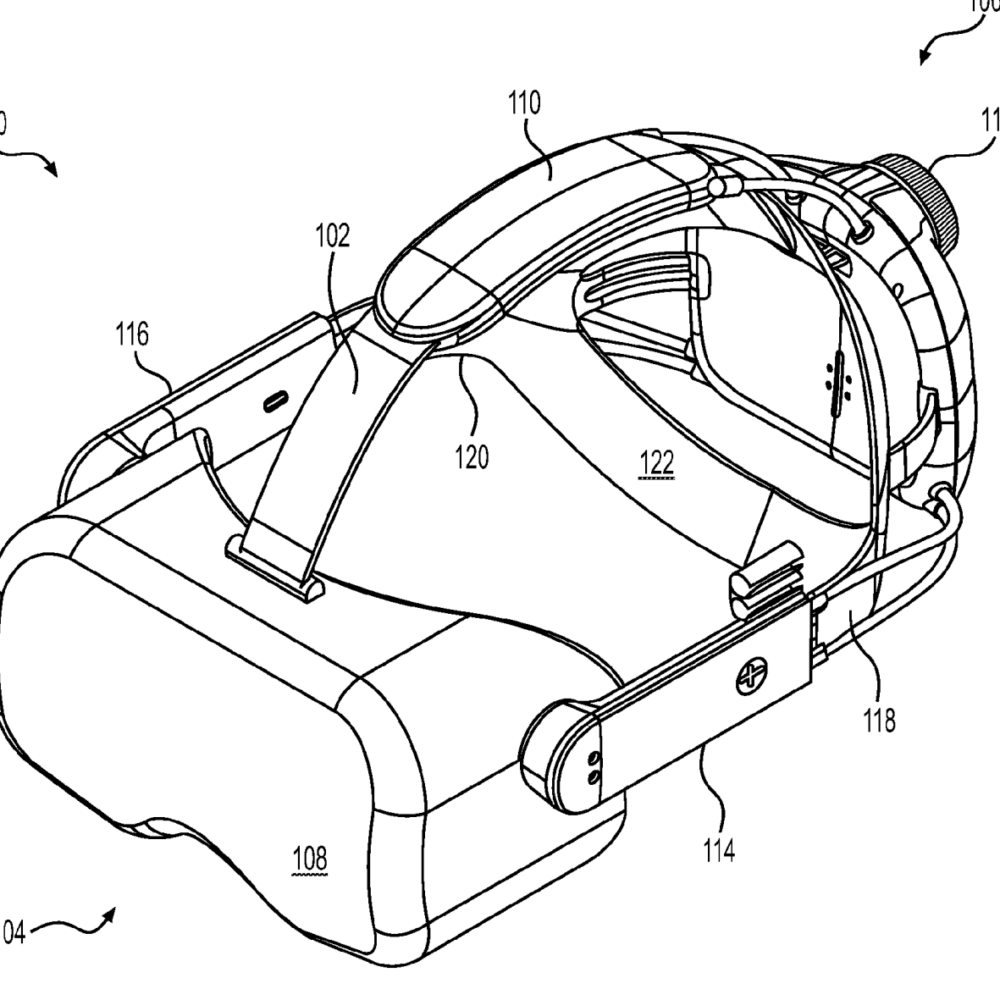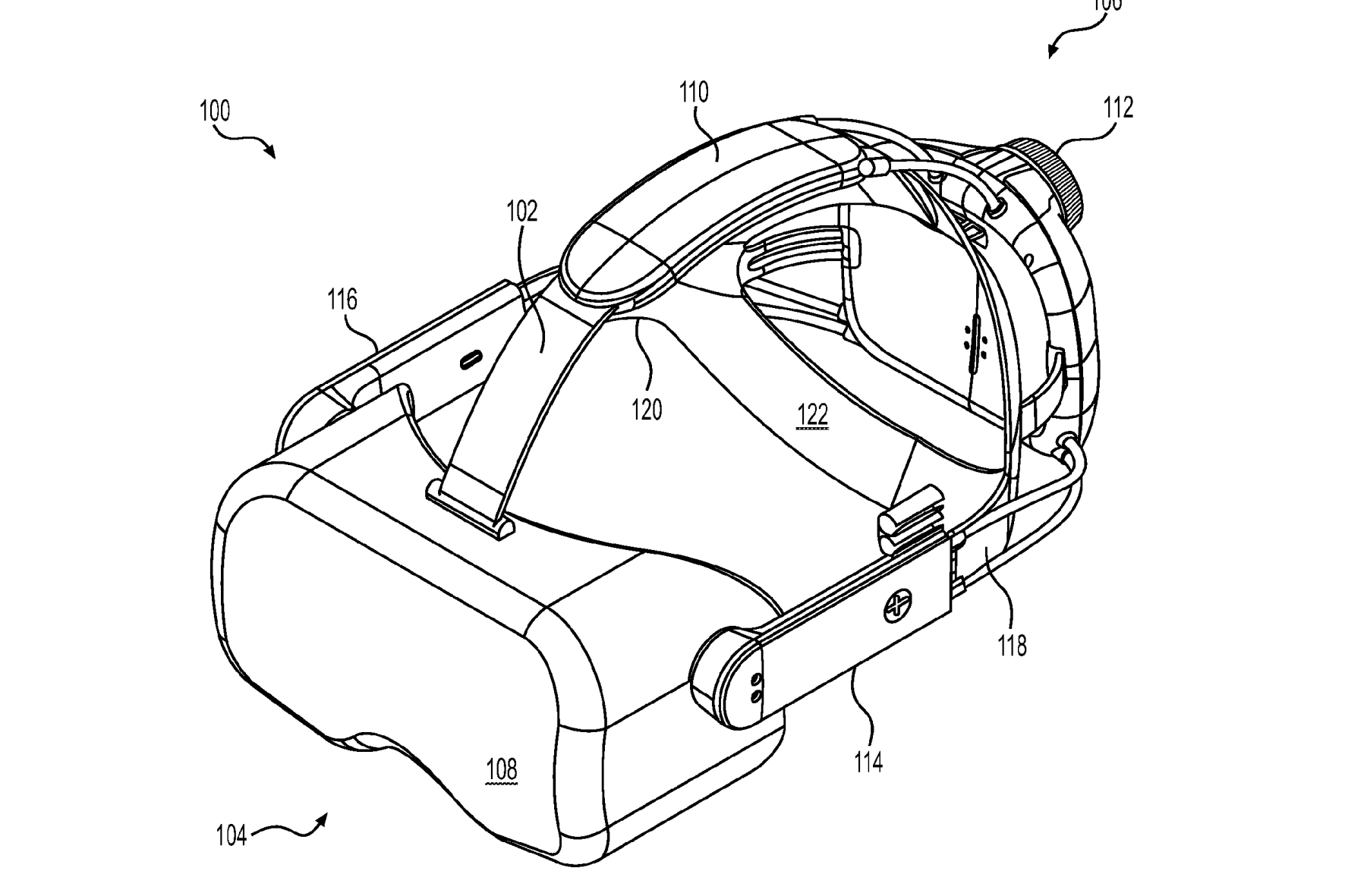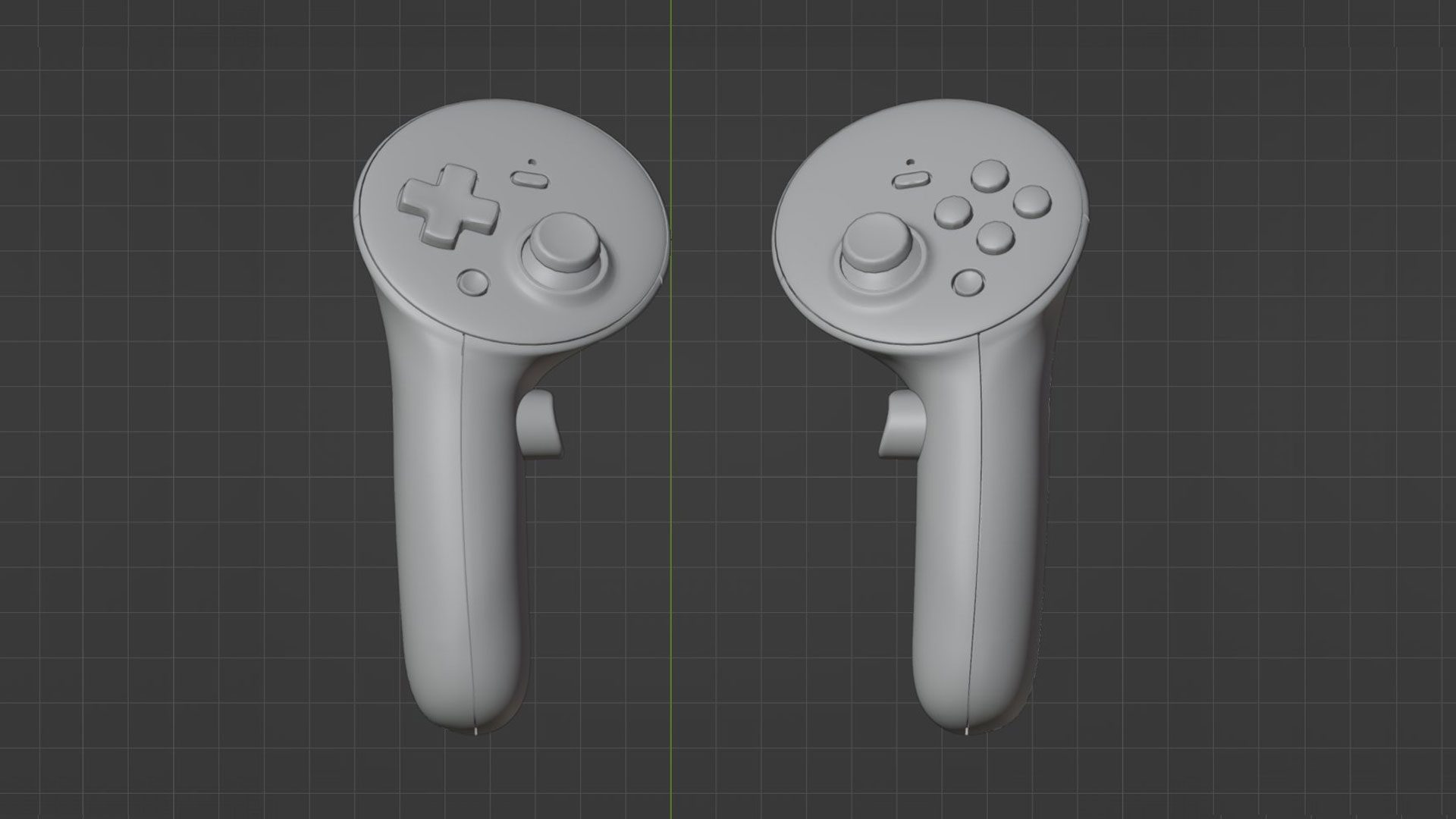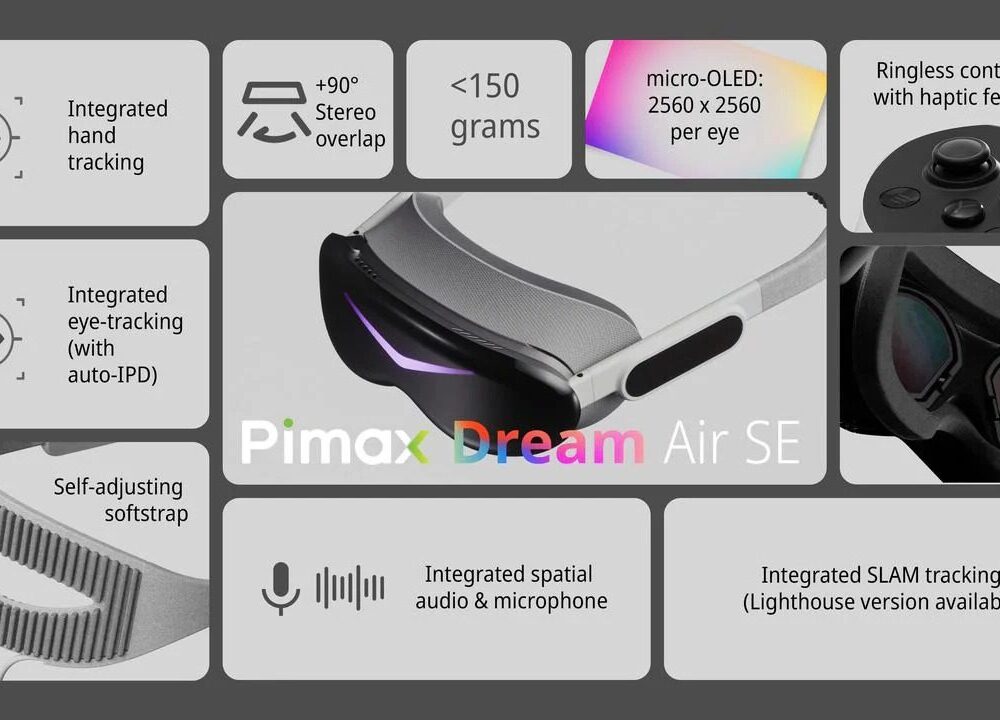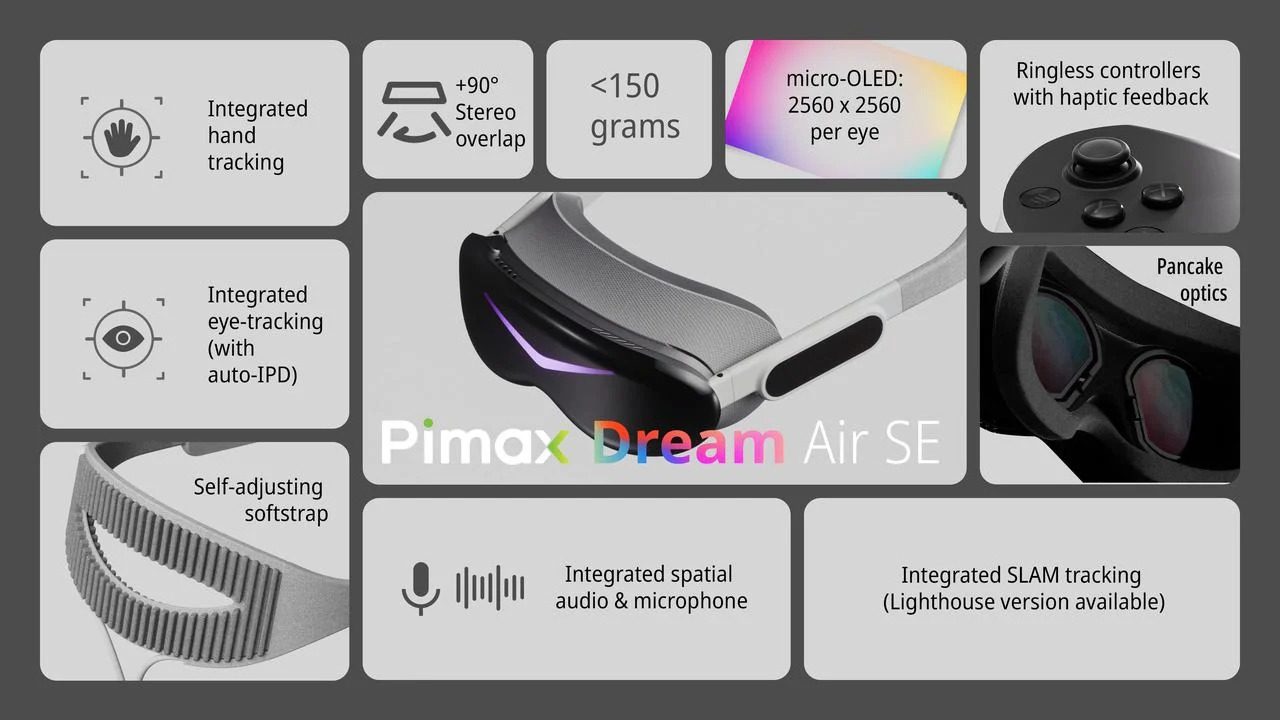Sharp announced it’s launching a crowdfunding campaign for a slim and light PC VR headset in Japan, called Xrostella VR1.
The News
Sharp first showed off a PC VR headset prototype at CES 2023, which was supposedly meant to ship sometime in 2024. It’s been nearly three years since we last heard about the headset, however during a recent Metaverse Expo in Japan, Sharp unveiled a newer version of the device, as demoed by Gizmodo Japan.
Now, Sharp says it’s slated to sell the device in Japan via crowdfunding platform Green Funding starting sometime in November, which it’s now dubbing ‘Xrostella VR1’.
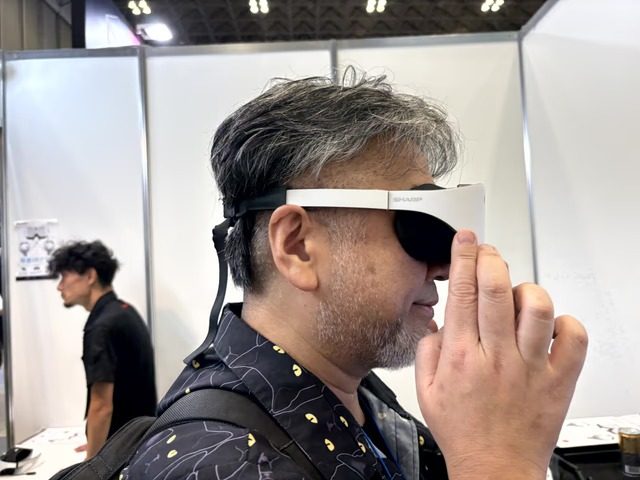
Xrostella VR1 connects to either a Windows 11 PC or a limited number of smartphones via a wired connection. The company has confirmed compatibility with Sharp’s AQUOS sense10, with more models soon to be revealed.
Weighing in at just 198g and sporting what Sharp calls in a Japanese language press statement a “glasses-like design,” the headset includes dual 2,160 × 2,160 per eye LCD displays clocked up to 90Hz.
It also makes use of “thin, light-efficient pancake lens,” providing a 90 degree field of view (FOV), and cameras for both inside-out 6DOF tracking and color passthrough.
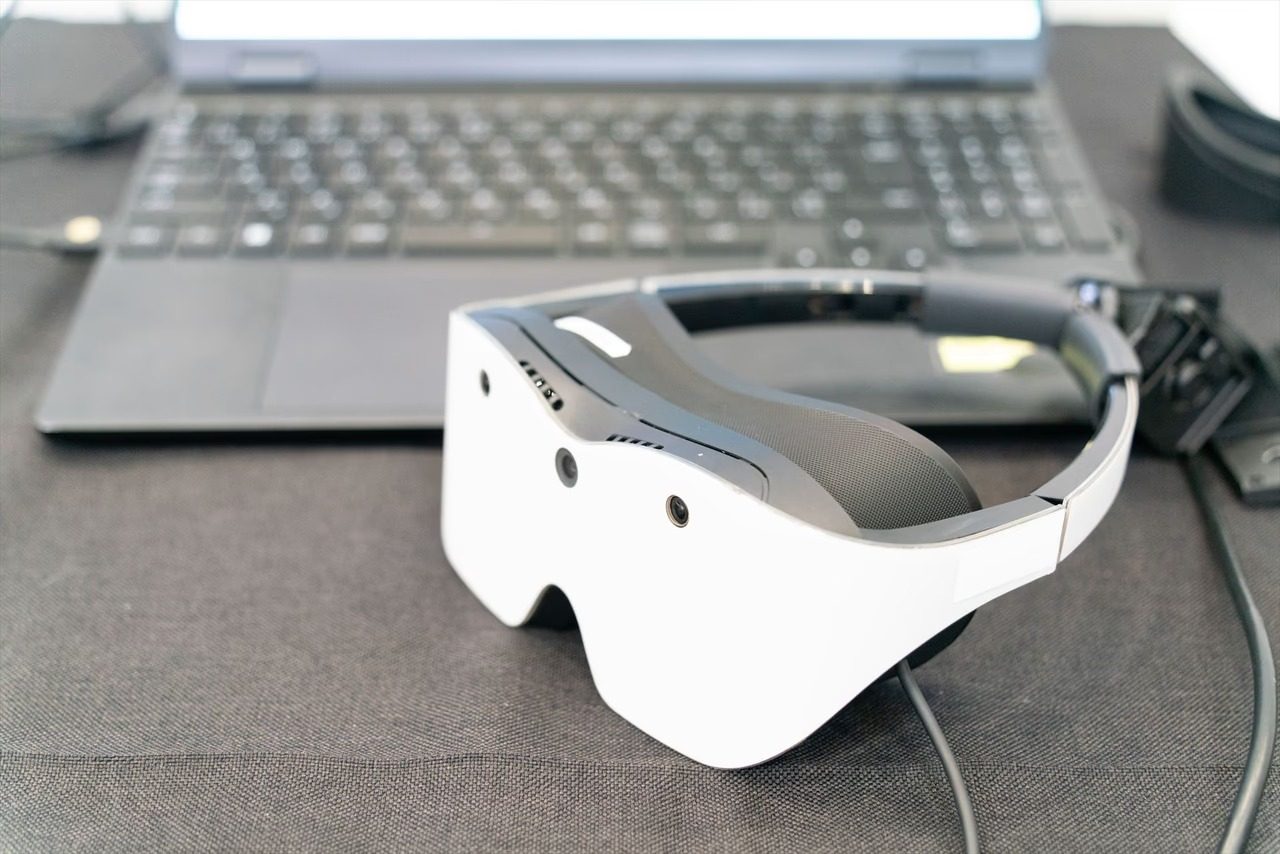
Included controllers appear to be a standard ‘Touch’-style affair that shipped with Quest 2 in 2020, replete with tracking rings, which comes in stark contrast to the company’s recent controller prototype, which combines standard button input with a unique haptic glove.
Additionally, Xrostella VR1 features a mechanism for adjusting the interpupillary distance (IPD) and diopter from 0D to -9.0D, which will allow nearsighted users to wear without needing glasses.
Pricing has yet to be confirmed, however Gizmodo Japan speculates it could be “more expensive than the Meta Quest 3,” which is priced at ¥81,400 (~$530 USD).
My Take
If you saw the specs and did a double take, you’re not alone. While having independent diopter adjustments is cool, it’s a shame Sharp is going so weak in the display department, as it essentially delivers a resolution only slightly higher than Quest 3.
And while the form factor is interesting on paper, I have my doubts that ~198g will weigh lightly on the bridge of your nose without having some sort of strap you can crank down, or otherwise better distribute weight for longer sessions—making its ‘glasses’ form factor more akin to headset with rigid, non-configurable straps. It all smacks of an aging headset design, recalling devices like HTC Vive Flow (2021), which feels remarkably heavy on the face, even at 189g.
Granted, marketing images don’t show the buckled strap system seen below, so there’s no telling what it will ship with. But the fact the company was demoing with the strap tells me everything I need to know about just how front-heavy it will be.
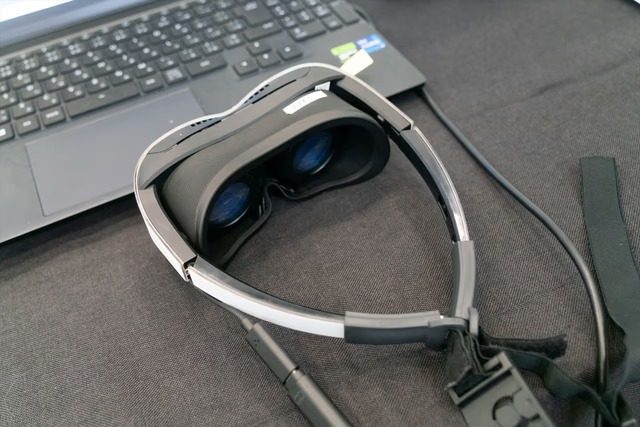
Still, it may not be as ‘DOA’ as you might think despite the thin and light PC VR segment growing to include a bevy of devices: Bigscreen Beyond 2 ($1,020), Pimax’s Dream Air SE ($900 – $1,200) coming December, and fellow Japanese brand Shiftall, which is releasing its latest MeganeX PC VR headset in December too for $1,900. It could be significantly cheaper if it were closer to Quest 3 in price, which would be really interesting to watch.
That said, Sharp’s VR headset is likely going to be a Japan-only device, which means the company will probably be leaning hard on the fact that it’s being produced and serviced domestically—regardless of price.
While mostly known for televisions and home applainces in the West, Sharp actually holds a significant slice of the smartphone market share in Japan. Despite foreign brands like Samsung and Google making recent headway in the country, Sharp remains a trusted name that Japanese consumers may simply feel more comfortable dealing with.
